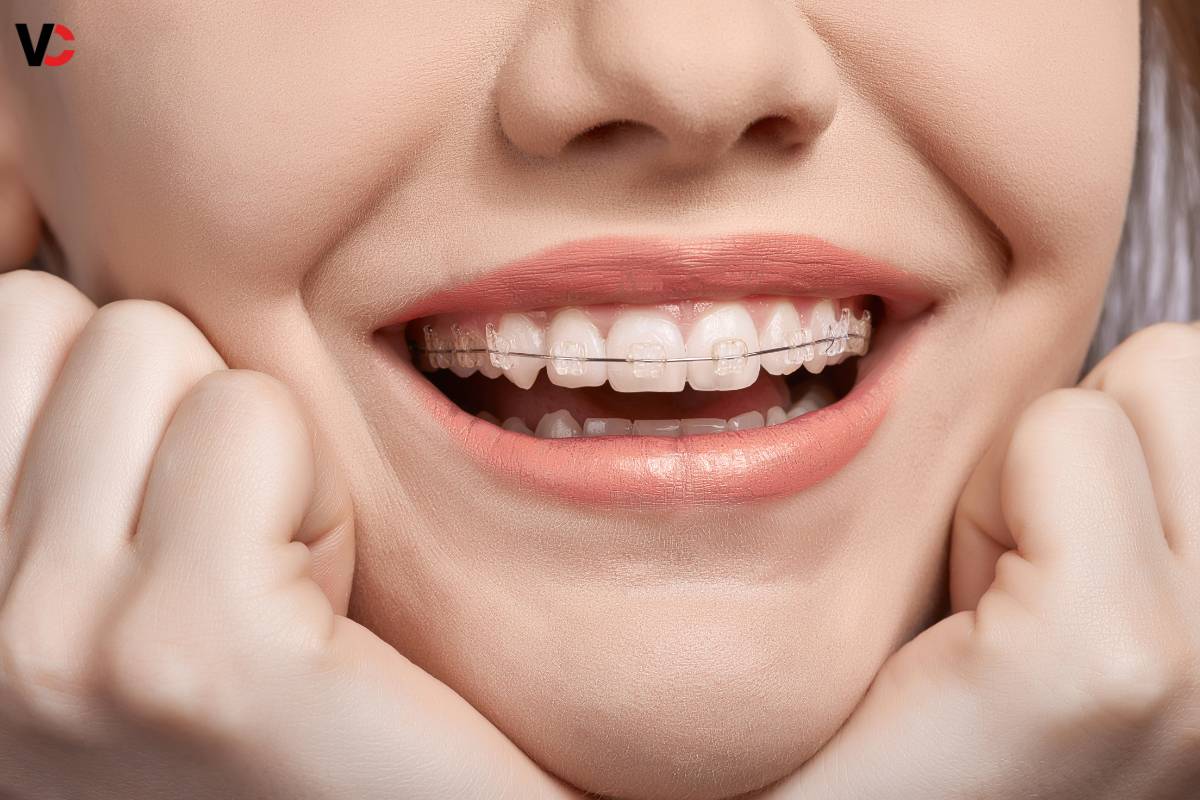A radiant smile is often considered a person’s best accessory, and straight teeth play a crucial role in achieving that flawless grin. Fortunately, advancements in dentistry have made it easier than ever to achieve straighter teeth, boosting both confidence and oral health. In this comprehensive guide, we’ll delve into the world of teeth straightening, exploring various methods, their benefits, and important considerations for anyone considering this transformative journey.
Understanding Teeth Straightening: Teeth straightening, also known as orthodontic treatment, involves correcting misaligned teeth and jaws to achieve a harmonious bite and an aesthetically pleasing smile. While traditionally associated with adolescents, more adults are now seeking orthodontic treatment to address crooked teeth and bite issues. The primary goal of teeth straightening is not only to enhance the appearance of the smile but also to improve oral health by reducing the risk of dental issues such as cavities, gum disease, and jaw pain.
Methods of Teeth Straightening:
1. Traditional Braces
Traditional metal braces remain a popular choice for straightening teeth, especially for complex cases. These braces consist of metal brackets attached to the teeth, connected by wires and elastic bands. Despite the emergence of newer alternatives, traditional braces are still highly effective in gradually shifting teeth into their proper positions.
2. Ceramic Braces

Ceramic braces offer a more discreet alternative to traditional metal braces. Made from tooth-colored or clear materials, ceramic braces blend seamlessly with the natural color of the teeth, making them less noticeable. While slightly more expensive than metal braces, ceramic braces provide a cosmetic advantage for individuals concerned about the appearance of their smile during treatment.
3. Invisible Aligners
Invisible aligners, such as Invisalign®, have revolutionized the field of orthodontics with their discreet and removable design. These custom-made clear aligners gradually move teeth into alignment without the need for brackets or wires. Invisible aligners offer unparalleled convenience, allowing wearers to remove them for eating, brushing, and special occasions. Additionally, they offer a more comfortable experience compared to traditional braces, with no sharp wires or brackets to cause irritation.
4. Lingual Braces
Lingual braces are similar to traditional braces but with one key difference—they are attached to the back surface of the teeth, making them virtually invisible from the outside. This makes lingual braces an appealing option for individuals who desire the effectiveness of braces without the noticeable appearance. While lingual braces may take some time to adjust to and require meticulous oral hygiene, they offer a discreet solution for achieving a straighter smile.
5. Accelerated Orthodontics
Accelerated orthodontics utilizes advanced techniques to expedite the teeth straightening process. This approach employs methods such as high-frequency vibration, micro-osteoperforations, or the use of special appliances to stimulate bone remodeling and facilitate faster tooth movement. While not suitable for all cases, accelerated orthodontics can significantly reduce treatment time, making it an attractive option for individuals seeking quicker results.
6. Removable Retainers

Removable retainers are often used as a follow-up to orthodontic treatment to maintain the newly aligned position of the teeth. These custom-made appliances are typically worn at night or for specified periods to prevent teeth from shifting back to their original positions. Removable retainers offer flexibility and convenience while providing essential support for long-term orthodontic success.
Benefits of Teeth Straightening:
1. Enhanced Aesthetics
Straight teeth contribute to a confident and attractive smile, boosting self-esteem and leaving a lasting impression.
2. Improved Oral Health
Properly aligned teeth are easier to clean, reducing the risk of tooth decay, gum disease, and other oral health issues.
3. Better Bite Function
Straight teeth ensure proper bite alignment, reducing strain on the jaw joints and muscles and minimizing the risk of temporomandibular joint (TMJ) disorders.
4. Increased Comfort
Orthodontic treatment can alleviate discomfort associated with crooked teeth, such as difficulty chewing or speaking.
5. Long-Term Stability
Straightening teeth can prevent dental problems in the future, preserving the health and integrity of the smile for years to come.
6. Speech Improvement
Misaligned teeth or jaw discrepancies can sometimes affect speech clarity and articulation. Teeth straightening can address these issues by improving the alignment of the teeth and jaw, leading to clearer speech and enhanced communication skills.
Considerations before Starting Treatment:
Before embarking on a teeth-straightening journey, it’s essential to consider the following factors:
1. Consultation with an Orthodontist
Schedule a consultation with a qualified orthodontist to assess your oral health, discuss treatment options, and formulate a personalized treatment plan.
2. Treatment Duration
Understand the estimated duration of treatment and the level of commitment required for successful results.
3. Cost and Insurance Coverage
Investigate the cost of treatment and whether your dental insurance plan provides coverage for orthodontic procedures.
4. Lifestyle Adjustments

Be prepared to make lifestyle adjustments, such as dietary changes and oral hygiene habits, to support the treatment process.
5. Maintenance and Follow-Up Care
Discuss post-treatment maintenance and follow-up care to ensure long-term stability and optimal oral health.
6. Potential Discomfort
It’s important to understand that orthodontic treatment may cause some discomfort, particularly during the initial adjustment period. Patients may experience soreness, pressure, or irritation as their teeth gradually shift into alignment. However, orthodontic providers can offer strategies and solutions to manage discomfort effectively, ensuring a smoother treatment experience.
Conclusion:
Teeth straightening is not just about achieving a picture-perfect smile—it’s about improving oral health, enhancing confidence, and enjoying the benefits of a properly aligned bite. Whether you opt for traditional braces, invisible aligners, or another orthodontic solution, investing in teeth straightening can have a transformative impact on your life. With the right information, guidance, and commitment, you can embark on this journey toward a brighter, healthier smile that lasts a lifetime.
Also Read: Exploring the Pros and Cons of Veneers: A Comprehensive Guide


















